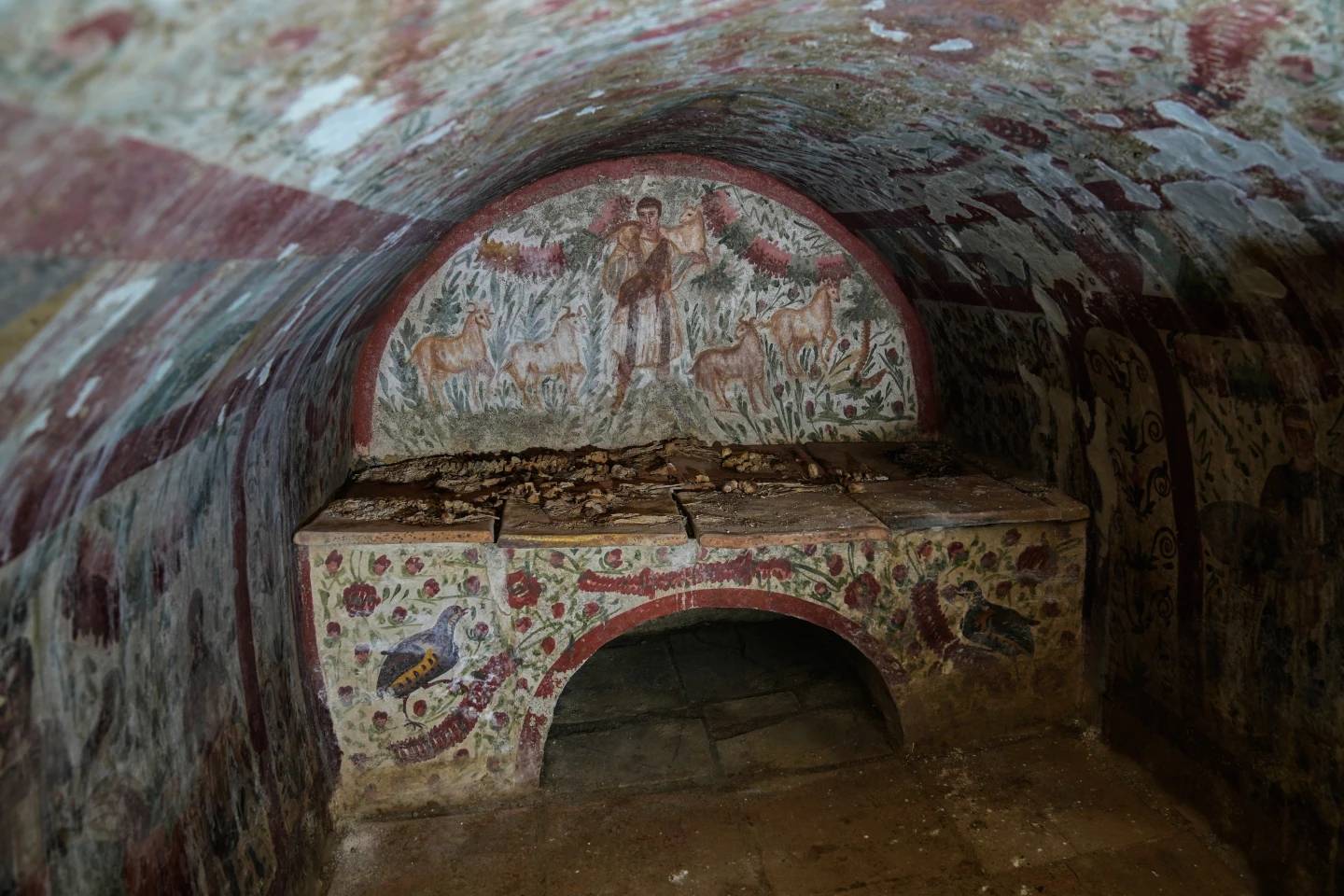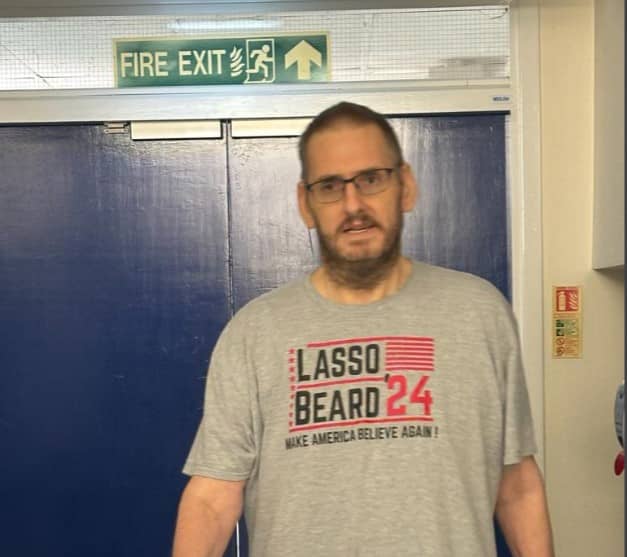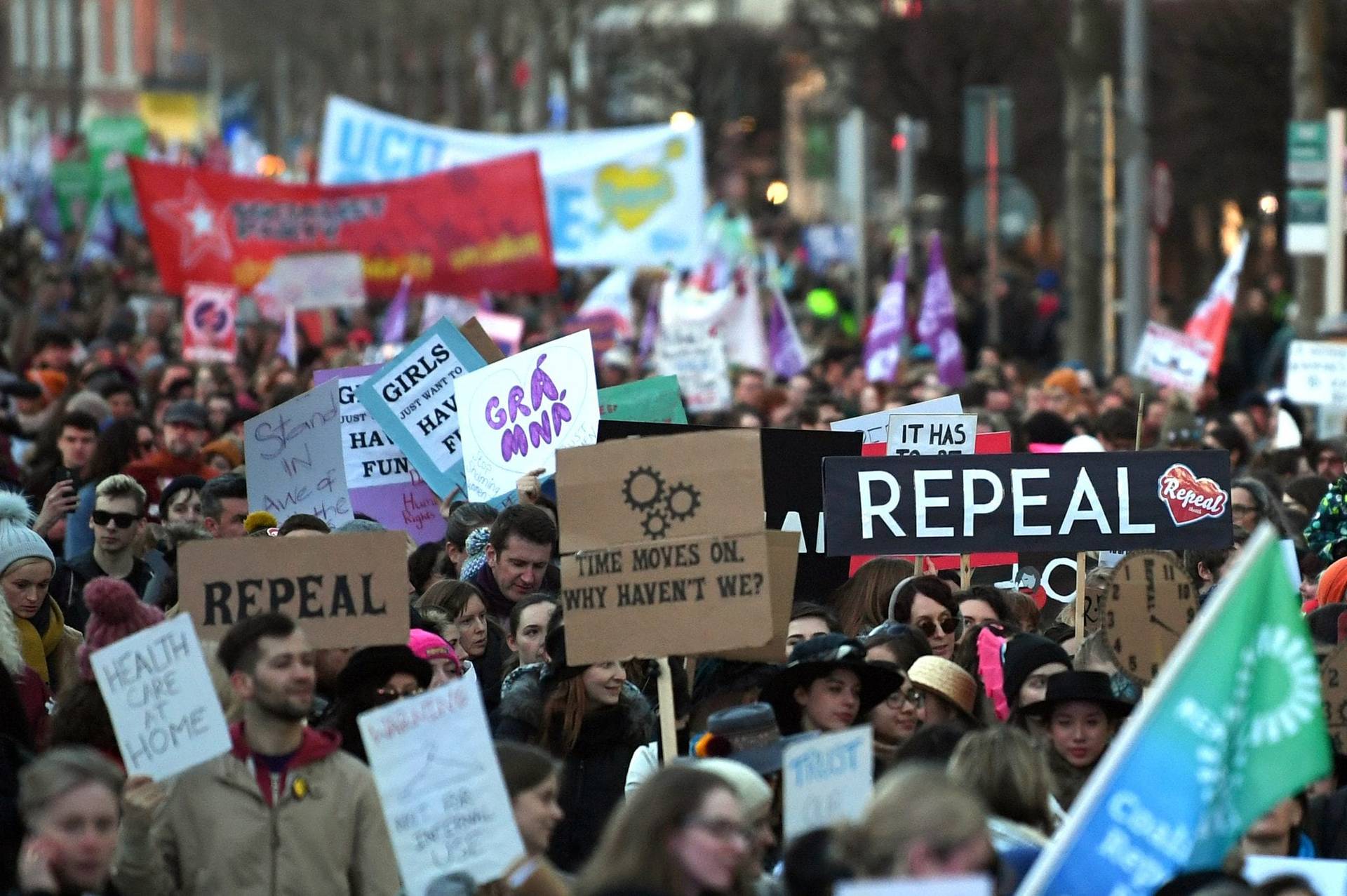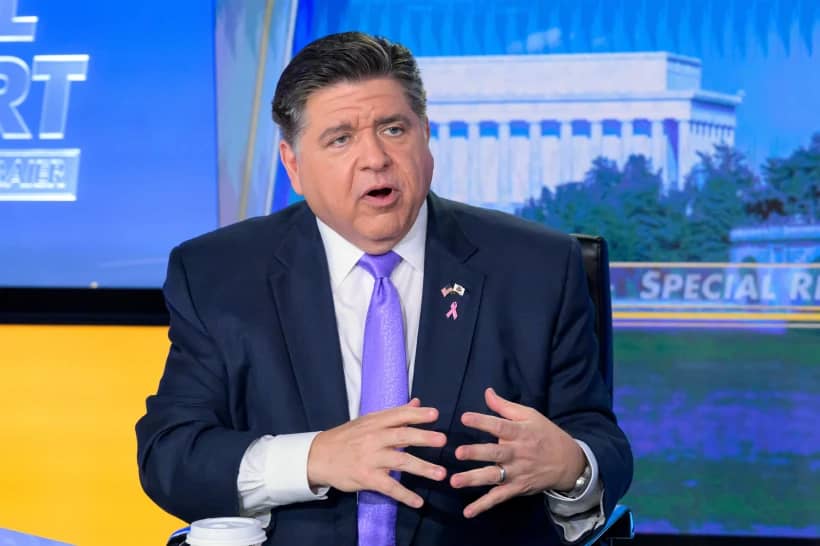“I Confess” (1953) is new on Blu-ray from Warner Archive Collection. “The Wrong Man” was recently released on Blu-ray and DVD from the Warner Archive Collection.
NOTE: This column contains spoilers.
* * * * *
A few days ago, in an excellent essay for RogerEbert.com, Glenn Kenny identified “The Wrong Man,” along with “I Confess,” as the two least fun (or “fun,” to use Kenny’s own qualifying quote marks) films in Hitch’s Hollywood career — a designation Kenny didn’t mean pejoratively, since his piece is an appreciation of “The Wrong Man.”
It’s true, as Kenny observes, that Hitchcock’s characteristic humor, found even in his darkest pictures, is all but absent in these two films. It’s also true that nowhere in Hitchcock’s work do we find a purer distillation of two of the director’s defining obsessions: an innocent man wrongly accused of a crime he didn’t commit, and the transmission of guilt from one person to another.
Not coincidentally, these two films, which Hitchcock took so seriously, are also the two most overtly Catholic films from a director whose Catholic background has often been cited as a notable influence in his work. It’s also worth noting that while every film Hitchcock directed in between these two films was in color, these two are black and white.
The theme of the innocent man wrongly accused is found throughout Hitchcock’s work, from his early silent-era films (e.g., “The Lodger: A Story of London Fog,” 1927) to some of his best-known works (e.g., “The 39 Steps,” “North by Northwest,” “To Catch a Thief”).
In “I Confess,” the protagonist is archetypally innocent: not just a good man, but a good priest whose life’s work, as the opening scene emphasizes, entails absolving the guilt of others. What’s more, when suspicion for a murder falls on the priest, the seal of the confessional prevents him from vindicating himself by identifying the real killer, whose confession he has heard. Like Christ, Father Michael Logan, played by Montgomery Clift, is a silent scapegoat, taking on the guilt of another without properly defending himself.
Even more than “I Confess,” “The Wrong Man” is defined by the theme of the accused protagonist’s innocence. This film is self-consciously an outlier among Hitchcock’s Hollywood movies, maybe the great outlier in his career: a film based on a true story, devoted to bringing that story to the screen accurately, with documentary-like restraint and verisimilitude.
Henry Fonda plays Christopher Emmanuel “Manny” Balestrero, a reliable, devoted family man and hard-working bass player at Manhattan’s Stork Club who is picked up by police in a case of mistaken identity due to his physical resemblance to a local holdup man. Manny is Catholic, and the film makes notable use of his rosary beads, and, even more significantly, an image of Jesus and a climactic prayer that, in the film’s most striking image, is directly connected to Manny’s deliverance.
Intriguingly, although “I Confess” was made first, and “The Wrong Man” closely follows a true story, there are a number of notable convergences between the two films.
Both depict the protagonist being wrongly implicated by a number of young female eyewitnesses: Father Logan by two schoolgirls who saw a man in a cassock leaving the house of a murdered man, and Manny by young women who work at an insurance agency where a robbery took place.
Both protagonists face police officers whose surface professionalism belies the active suspicions guiding their questioning. Karl Malden’s inspector in “I Confess” is an honest if hard-nosed officer, but the officers in “The Wrong Man” who interrogate Manny (Harold J. Stone and Charles Cooper) are ruthless and unprincipled, falsifying evidence against Manny (whom they believe is guilty) with a cheap three-card monte routine in which Manny unwittingly gives them the evidence they need to put him away.
Both protagonists, although innocent of the crime they are accused of, are compromised by an unrelated secret that seems to support their guilt. Father Logan’s secret is that as a layman, he was once caught in a seemingly scandalous situation with a woman that at one point he hoped to marry, but who, unbeknown to him, had married another man while he was away.
The deeper and more shameful secret is that this married woman, Ruth (Anne Baxter), is still in love with Father Logan — and the film leaves open the possibility that he’s still in love with her. In any case, this gives Father Logan a motive, since the man who discovered them was blackmailing Ruth.
Manny’s secret is that, struggling to provide for his wife Rose (Vera Miles) and two young boys, he sometimes bets on horse races, something he hides even from his beloved wife. When Rose witnesses him making notes on the margins of the race reports in the newspaper, he covers his secret by telling her that he tries to pick the winners as a hobby, and imagines how much he would have won or lost if he were a betting man.
This secret, too, gives Manny a motive, since his chronic need for money (most immediately because of Rose’s dental problems, but authorities suspect he may have gambling debts as well) would be a reason to commit the petty holdups that have been occurring in the area.
Neither protagonist’s secret is criminal, but their common vulnerability suggests that all of us are either guilty of something in our lives, or at least lead lives that aren’t quite as presentable to the glare of public scrutiny as we might like to think. We are all potentially vulnerable to the kind of false suspicion and accusation that falls on Father Logan and Manny, in part because of the choices and the secrets we all live with.
This vulnerability to scrutiny is cinematically suggested in both films in a signature shot in which a character slowly peers with one eye emerging around another character’s head, spying at a distance on the protagonist, who is unaware that he is being observed or is suspected of anything. (This key shot is almost the only hint in either film of a third of Hitchcock’s defining obsessions: voyeurism and the implication of the audience in a character’s guilty gaze.)
While both films present the world of public law and order as a flawed institution (and, in “The Wrong Man,” a corrupt, malevolent one), justice is not wholly subverted by the system. Both films feature trial scenes in which the defendant at least avoids a false guilty verdict (in Manny’s case there is a mistrial). In both cases, the officer most convinced of the protagonist’s guilt eventually puts the pieces together and realizes the truth.
Part of the transference of guilt in both films involves the emotional weight of the protagonist’s trials, which he carries with stoic emotional control, falling hardest on the woman who loves him.
Ruth is forced to publicly humiliate herself, her husband, and Father Logan by admitting the whole story in open court, even confessing her love for the priest.
Far more insidiously and damagingly, Manny’s trial takes a terrible toll on Rose, who slowly succumbs to anxiety and depression, finally suffering some sort of schizophrenic breakdown. Rose’s travails are so profound that they overshadow Manny’s crisis, so that even if he prevails in court, his victory may prove hollow.
Hitchcock frames both protagonists’ sufferings in overtly religious images. Father Logan, late in the film, walks a via dolorosa through the streets of Quebec, passing a large statue of Christ carrying his cross. In the courtroom, a large crucifix looms over the judge, bearing silent witness to the priest’s trial. (Hitchcock and his frequent collaborator Robert Burks, who served as director of photography on both films, make excellent use of location shooting — Quebec in “I Confess,” and of course, New York City in “The Wrong Man,” for which Hitchcock made a point of filming in the actual locations where the story took place: Balestrero’s Jackson Heights home, the Stork Club, the police stations and courthouses, and the shops where the holdups occurred. Some minor characters depicted in the film even play themselves!)
Manny clutches his rosary beads under the table in the courtroom — but the shot with the greatest religious significance comes at the climax.
At perhaps Manny’s lowest emotional ebb, his mother asks him if he prays, and when he says he does, she asks what he prays for. “For help,” he says shortly, but she tells him to pray for strength. “Please pray, Manny!” she urges him repeatedly.
Then, coming face-to-face with a Sacred Heart image of Jesus hanging on his wall, Manny begins to pray — and, as he does, the image fades into a prolonged double exposure in which a shadowy figure emerges from the distance until his face is superimposed on Henry Fonda’s praying face, highlighting their strong resemblance. What happens immediately afterward is clearly the answer to Manny’s prayer.
It’s a brilliant shot — a shot that is not only the key to “The Wrong Man,” but one that, more clearly than any other in any Hitchcock film I’ve seen, reveals the religious sensibility and moral ideas at work in all his films. It’s among the many reasons that “The Wrong Man,” although the least “fun” of Hitchcock’s Hollywood films, may also be my favorite.














